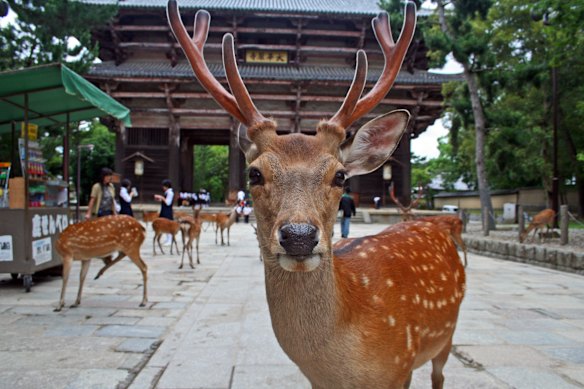Australians are increasingly opting for travel to Asia, with destinations such as Japan, China, and Vietnam gaining popularity over traditional favorites like the United States. Data from the Australian Bureau of Statistics indicates that the number of Australian residents visiting Japan surged from approximately 484,000 in the 2018-19 period to more than 910,000 in 2024-25. This growth has positioned Japan as the third most popular destination for Australian travelers, surpassing the US.
Visitor numbers to China, Vietnam, and Indonesia have also shown a positive trend. Indonesia remains the leading overseas destination for Australians, attracting 1.7 million visitors. In contrast, fewer than 750,000 Australians traveled to the US in the same period. While this figure represents an increase from 714,000 in the previous financial year, it remains significantly lower than the nearly 1.1 million who visited the US in 2018-19.
Changing Travel Patterns
The shift in travel preferences comes as the Australian travel industry adapts to new post-pandemic realities. Dean Long, chief executive of the Australian Travel Industry Association, noted that the impact of former US President Donald Trump on Australian business travel to the US has been minimal in terms of leisure travel.
“It’s not having as big an impact as we originally anticipated,” Long stated, highlighting that experiences at the US border for Australians have remained consistent with the pre-Trump era. “There’s definitely been some loss of business events, but in the leisure market, people still want to go do things they can only do in the US.”
The growing appeal of Asian destinations can be attributed to several factors. Long pointed out that these locations have generally not seen dramatic increases in travel costs, making them more attractive options for Australian travelers. Additionally, favorable exchange rates have contributed to the increasing interest in Asia.
Economic Factors Driving Travel Choices
As Australians seek cost-effective travel opportunities, the dynamic nature of the tourism market in Asia continues to play a crucial role in shaping travel decisions. The rise in visitors to Japan and other Asian countries reflects a broader trend where travelers prioritize affordability and unique experiences.
The Australian travel industry is closely monitoring these shifts as they adapt to changing consumer preferences. With travel patterns evolving, understanding the motivations behind these choices will be essential for stakeholders aiming to capture the attention of Australian travelers in the years ahead.
As the landscape of global travel continues to change, the focus on Asian destinations suggests a significant adjustment in Australian travel habits, moving away from traditional routes in favor of emerging opportunities closer to home.





























































